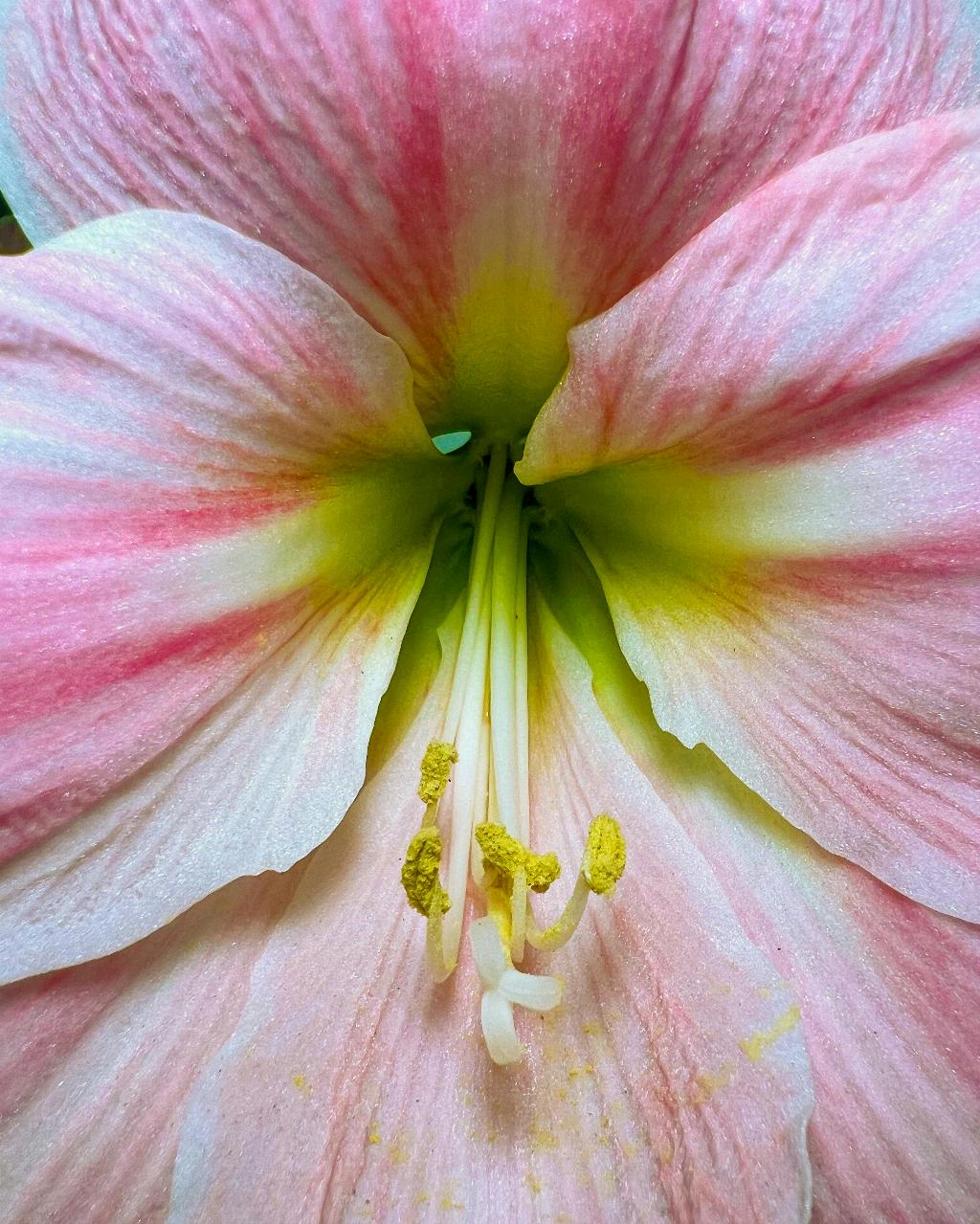When it comes to caring for your amaryllis bulb, there are several key factors to keep in mind to ensure its health and vibrancy. One crucial aspect to consider is the water intake of the plant. It is important not to let the amaryllis bulb sit in water, as excess moisture can lead to bulb and root rot, as well as attract pesky pests that can harm your plant.
Another essential element in the care of your amaryllis bulb is proper fertilization. It is recommended to fertilize your amaryllis each time you water, but at half the strength of the recommended dosage. This is especially crucial when new growth is visible, including on newly purchased bulbs. To enhance blooming, opt for a houseplant fertilizer with a high phosphorus content, as this will promote healthy flower production.
One key aspect to keep in mind is the lighting requirements of your amaryllis bulb. These plants thrive in bright, indirect light, so be sure to place your bulb in a location where it can receive ample sunlight without being exposed to direct rays that could scorch its delicate leaves.
Temperature control is also vital when caring for your amaryllis bulb. These plants prefer moderate temperatures ranging from 60-75 degrees Fahrenheit (15-24 degrees Celsius). Avoid placing your bulb in drafty areas or near heating vents, as extreme temperature fluctuations can stress the plant and hinder its growth.
Proper soil maintenance is crucial for the health of your amaryllis bulb. Use a well-draining potting mix that is slightly acidic to ensure optimal growth conditions. Additionally, ensure that the pot has adequate drainage holes to prevent waterlogging, which can lead to various fungal diseases that may harm your plant.
Regularly monitor the moisture levels of the soil to prevent overwatering, which can lead to root rot. Allow the top inch of soil to dry out between waterings, and water your amaryllis thoroughly when the soil feels dry to the touch. During the blooming period, water more frequently to support healthy flower production.
Pruning is another essential aspect of caring for your amaryllis bulb. Remove any yellowing or wilted leaves to promote airflow and prevent the spread of diseases. Additionally, deadhead spent flowers to encourage the plant to focus its energy on producing new blooms.
Support is crucial for tall varieties of amaryllis to prevent them from toppling over. Stake the plant or use a decorative support to help it maintain an upright position as it grows and blooms. This will not only enhance the aesthetic appeal of your plant but also prevent stem breakage.
Regularly inspect your amaryllis bulb for signs of pests or diseases, such as aphids or mealybugs. If you notice any issues, promptly treat them with insecticidal soap or neem oil to prevent further damage to your plant.
Feeding your amaryllis bulb with the right nutrients is essential for its overall health and vitality. Consider supplementing with a balanced fertilizer every 4-6 weeks during the growing season to provide the essential nutrients your plant needs to thrive.
Repotting your amaryllis bulb every 2-3 years is recommended to refresh the soil and provide ample space for growth. Choose a pot that is 1-2 inches larger in diameter than the current pot to prevent the bulb from becoming cramped and root-bound.
In conclusion, caring for your amaryllis bulb requires attention to detail and a proactive approach to ensure optimal growth and blooming. By following these essential tips and guidelines, you can enjoy the beauty of your amaryllis plant for years to come.

